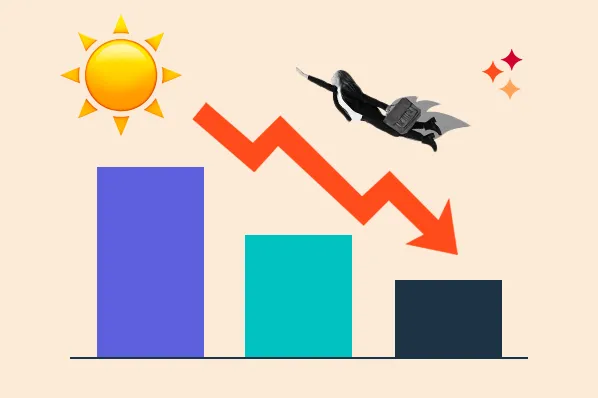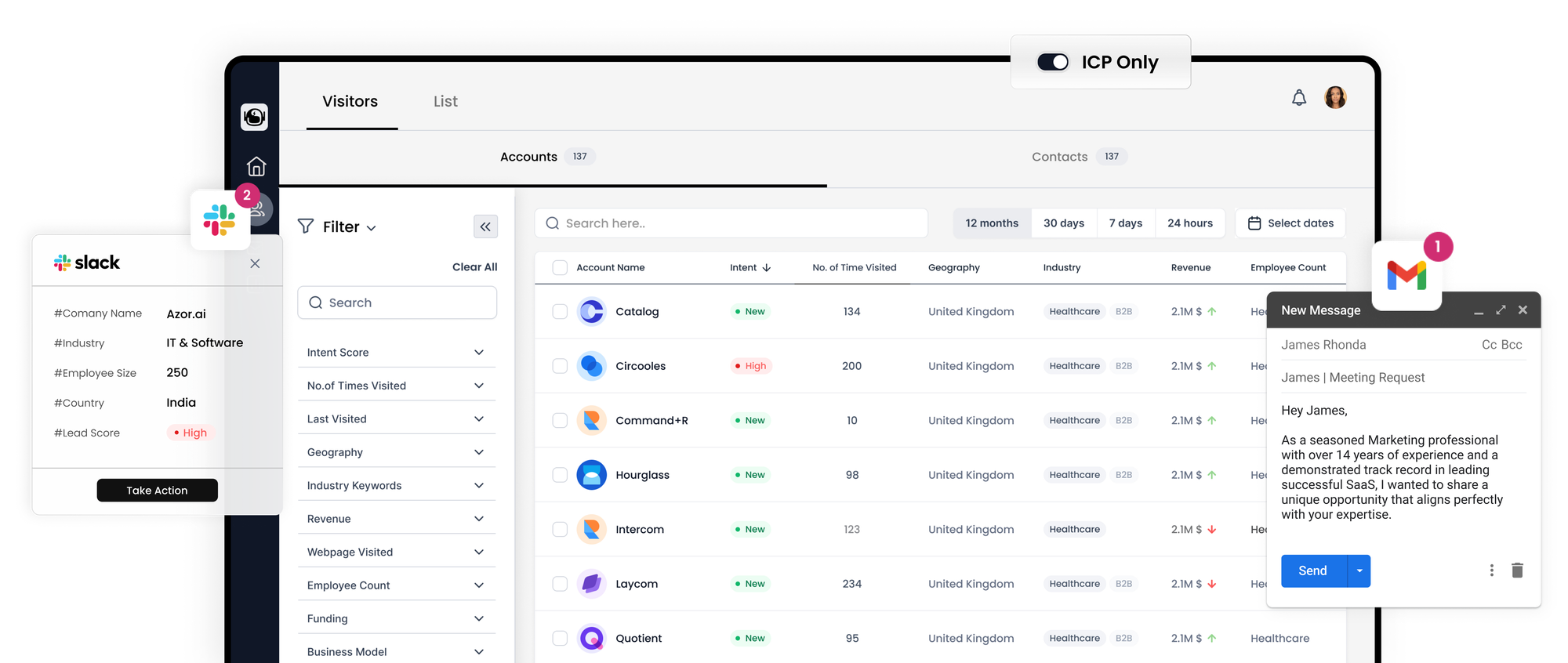Understanding Lead Generation Versus Demand Generation for Strategic B2B Marketing

Discerning the distinctions between lead generation and demand generation is crucial for crafting an optimal B2B marketing strategy.
Demand generation is the process of building brand presence and laying the groundwork for enduring recognition, shaping how potential clients perceive your brand over an extended period. In contrast, lead generation is more direct, focusing on gathering potential buyers' information to bolster immediate sales efforts.
In the realm of software marketing, the temptation often lies in prioritizing lead generation as a means of demonstrating tangible value to stakeholders. However, considering that a significant majority of software purchasers opt for the brand they were initially aware of, sidelining demand generation can shortchange long-term sales potential.
Balancing your marketing strategy is about marrying the short-term gains of lead generation with the enduring impact of brand development inherent in demand generation. To optimize your marketing investments, a comprehensive understanding of both concepts is essential. By exploring the nuances of lead and demand generation, we can better navigate the path to a well-rounded marketing approach that supports both immediate sales objectives and sustainable brand growth.

Understanding the Concepts of Demand Generation and Lead Generation
Demand Generation Explained:
Demand generation focuses on capturing the attention and interest of potential customers towards your offerings. It's a strategy with long-term objectives, nurturing an audience's engagement with your brand over time. The effects of consistent demand generation efforts include increased brand visibility, a higher influx of quality leads, and a boost in revenue generation.
Lead Generation Explained:
Conversely, lead generation is about pinpointing potential customers who have shown an interest in what you have to offer and securing their contact details. It's a strategy with immediate, short-term objectives, designed to spark direct sales conversations.
The Relationship Between Demand and Lead Generation:
Demand and lead generation are intrinsically linked, both crucial for guiding prospects through the sales funnel. Demand generation sets the stage at the top of the funnel, creating the initial buzz and awareness. Lead generation then takes over at the mid-funnel stage, capitalizing on the interest generated to initiate the sales process. Together, they create a comprehensive approach to convert awareness into actionable sales leads.
Prioritizing Lead vs. Demand Generation: Three Key Considerations
I. Goals and Timing:
Understanding your objectives and the timeline for achieving them is crucial. If you're after a swift influx of leads for a well-known software or a new launch needing immediate traction, lead generation is your go-to strategy.
On the flip side, if you're a new player aiming for market visibility or introducing a novel solution that's yet to gain market buzz, then demand generation should take the forefront.
Pro Tip:
Before embarking on lead generation, ensure you have a pool of engaged prospects who are already aware of your product. This increases your chances of attracting qualified leads and reduces the cost of acquiring new customers.
II. Content Focus and Channels:
Consider how content and channels differ based on your objectives. Lead generation typically requires content that’s conversion-oriented, aimed at drawing potential buyers into taking action like filling out forms or subscribing. In contrast, demand generation focuses on nurturing a broader relationship with prospects, banking on organic reach, and establishing thought leadership.
Pro Tip:
Expand your influence on software comparison platforms like Capterra or GetApp. These platforms are trusted by buyers, who often spend a significant portion of their buying journey consulting them.
III. Metrics and Measurement:
Metrics for evaluating lead generation and demand generation differ, reflecting their distinct goals. For lead generation, it’s about the number and quality of leads, with cost per lead being a primary metric. Demand generation, meanwhile, measures success through indicators like website traffic and engagement levels, which shed light on the campaign’s broader impact.
Pro Tip:
If you're overwhelmed by metrics, select a few key performance indicators that offer direct insights into your campaigns. Routinely review and adjust these metrics as needed to optimize your marketing efforts.
Deciding on Your Marketing Priority: Lead Generation or Demand Generation
Utilizing both strategies typically yields more success than relying on just one. Jumping straight into direct sales without laying the groundwork for brand awareness can foster skepticism. By first investing in awareness campaigns, you nurture a receptive environment for the higher-commitment activities of lead generation.
Especially in the competitive software market, demand generation keeps your brand top-of-mind. Evaluate your readiness for lead generation activities by assessing your audience's awareness level, and proceed accordingly.
In sum, prioritize demand generation to craft a solid brand identity, then leverage lead generation to translate that awareness into tangible sales opportunities. Consider your goals, content focus, and preferred metrics to strike the optimal balance between immediate and long-term marketing success.
